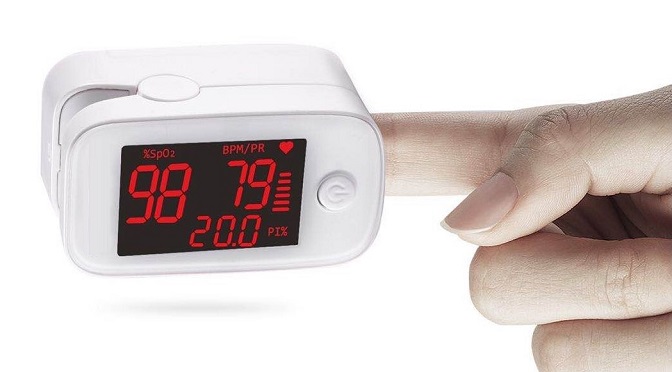A pulse oximeter is a small, lightweight device used to monitor the amount of oxygen carried in the body.
Once the oximeter finishes its assessment, its screen will display the percent of oxygen in your blood coming from your heart—as well as your current pulse rate.
An SpO2 reading of 95% or greater is generally considered to be a normal oxygen level. However, an SpO2 reading of 92% or less suggests that your blood is poorly saturated. Insufficient saturation can cause a range of adverse health conditions—including chest pain, shortness of breath and increased heart rate.

A pulse oximeter gives you accurate insights on your SpO2 and pulse rate within a matter of seconds, empowering you to respond quickly and confidently to abnormal readings. As a result, many people with adverse heart and breathing conditions invest in personal oximeters for in-home use.
Pulse oximetry may be used:
During or after surgery or procedures that use sedation
To see how well lungs are working
To check a person’s ability to handle increased activity levels
To check a person has moments when breathing stops during sleep
Sources:
hopkinsmedicine.org, lung.org